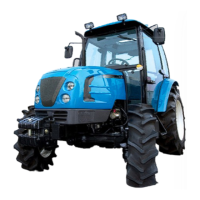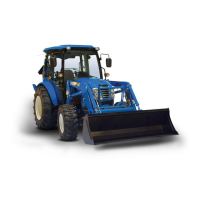What to do if I have oil leakage of steering pump, steering unit, cylinder and fittings on my LS U5030 Tractor?
- RRichard RomeroSep 16, 2025
If you have oil leakage of the steering pump, steering unit, cylinder, and fittings on your LS Tractor, it is likely due to a damaged seal. Replace the seal.


